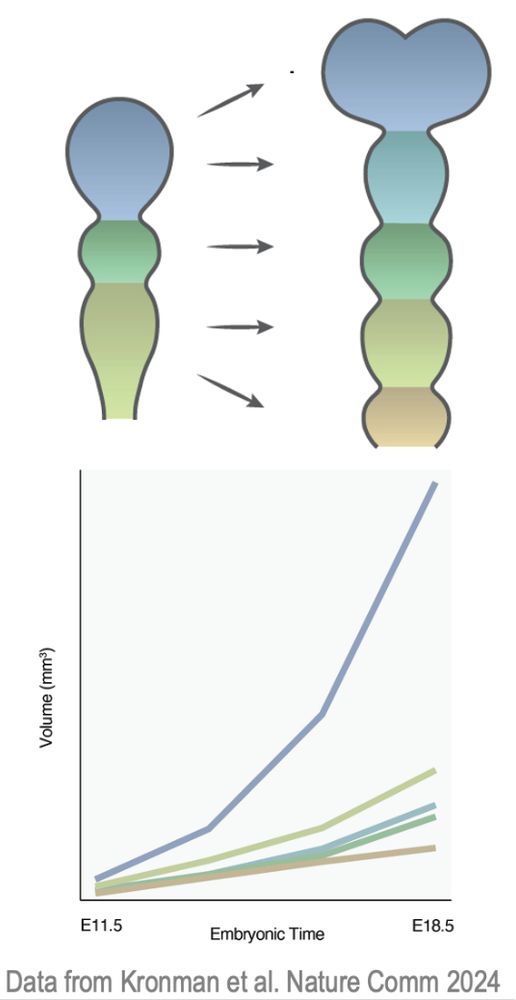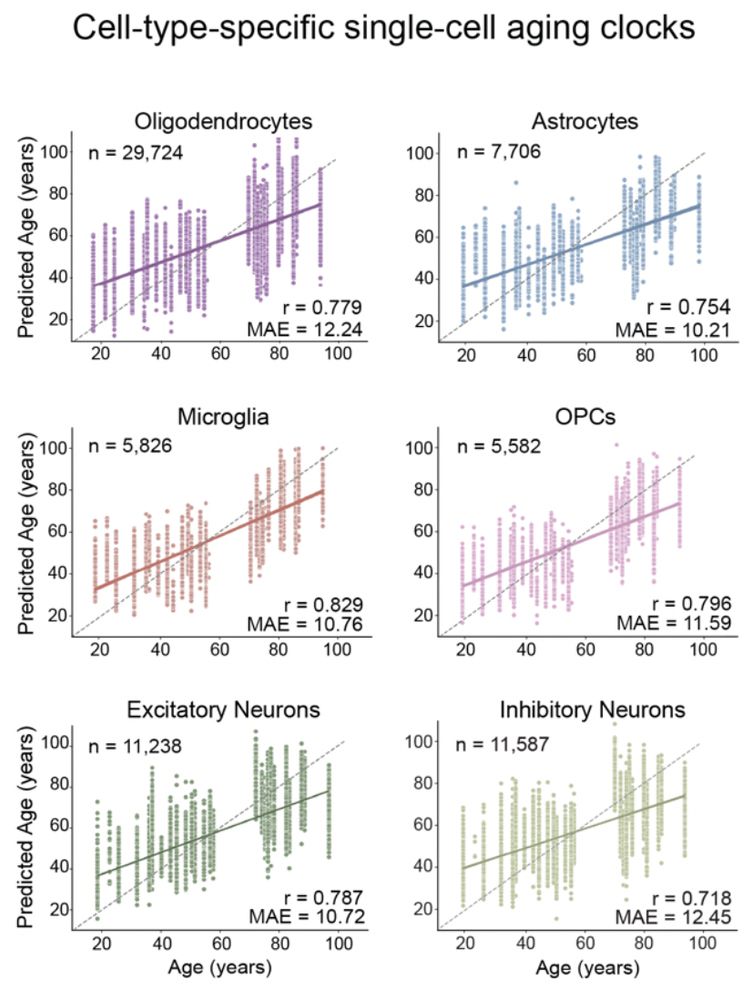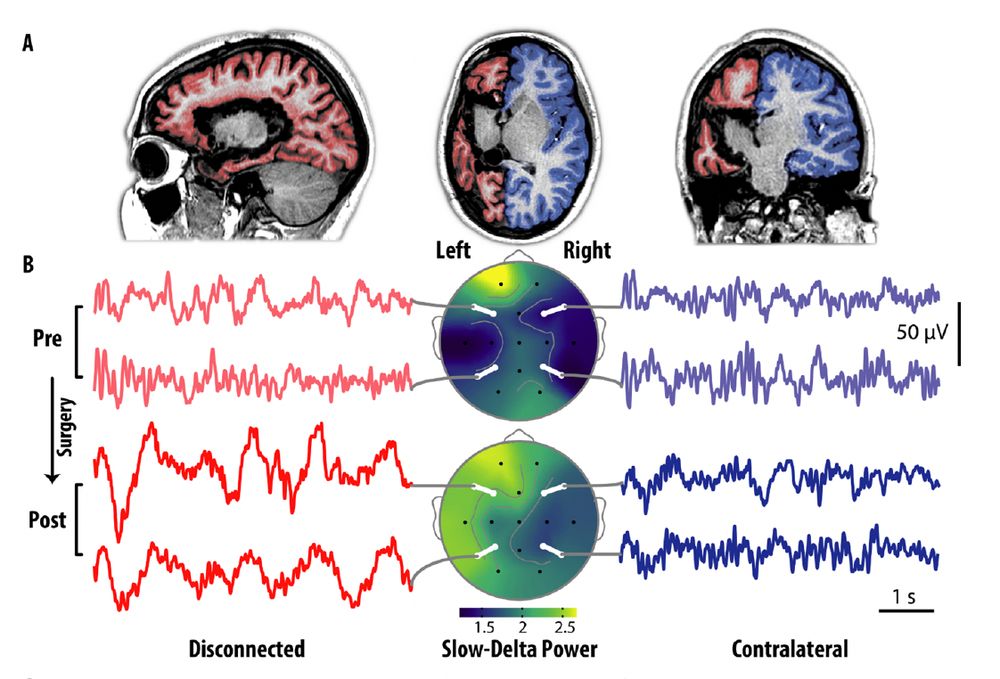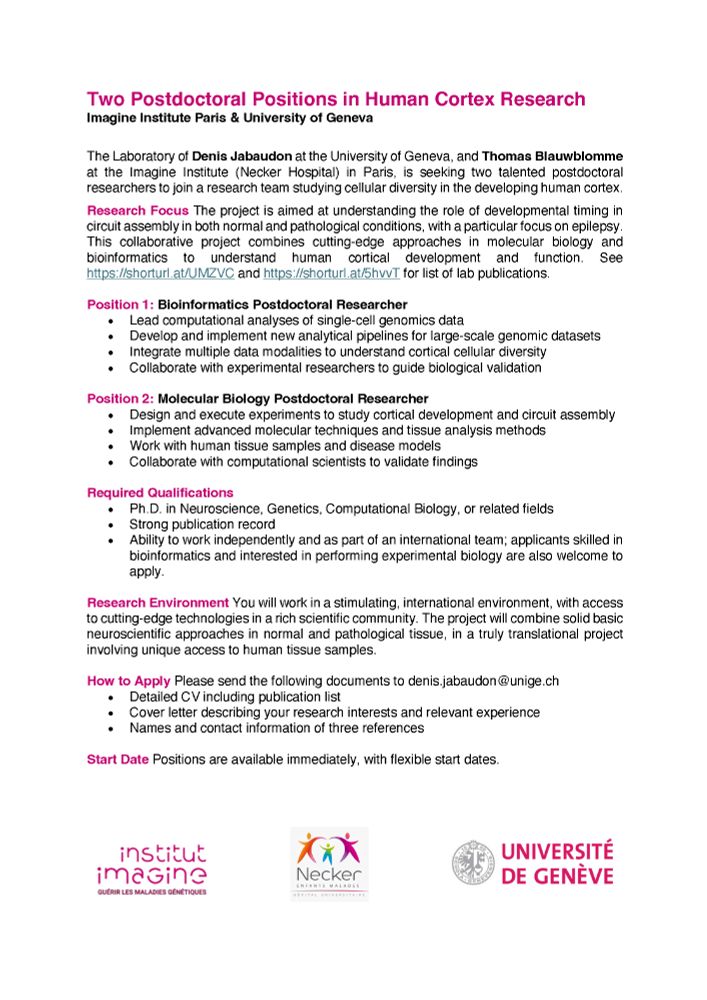
neuro-unige.ch/news/csf-mee...

neuro-unige.ch/news/csf-mee...
Highlights that all human interactions, even silence, are forms of communication and convey a message. Everything we do —or don't do — can be interpreted as communication by others. E.g. ghosting. There's no way out of being social.

Highlights that all human interactions, even silence, are forms of communication and convey a message. Everything we do —or don't do — can be interpreted as communication by others. E.g. ghosting. There's no way out of being social.

lactate production, which promotes progenitor self-replicative divisions and, ultimately, a larger clonal size of their progeny.

lactate production, which promotes progenitor self-replicative divisions and, ultimately, a larger clonal size of their progeny.






doi.org/10.1101/2025...
see also
https://doi.org:10.1038/s41593-024-01742-z

doi.org/10.1101/2025...
see also
https://doi.org:10.1038/s41593-024-01742-z
Functional Hierarchy of the Human Neocortex from Cradle to Grave doi.org/10.1101/2024...

Functional Hierarchy of the Human Neocortex from Cradle to Grave doi.org/10.1101/2024...
doi.org/10.1101/2025...

doi.org/10.1101/2025...
There are genes associated with these diseases, and people with them.
It's beyond semantics; it's about pleiotropy (genes) & individuality (patients). Denying complexity doesn't make a problem simpler to solve (tell POTUS).

There are genes associated with these diseases, and people with them.
It's beyond semantics; it's about pleiotropy (genes) & individuality (patients). Denying complexity doesn't make a problem simpler to solve (tell POTUS).
www.biorxiv.org/content/10.1...
PS: named by swiss anatomist August Forel 🫕🇨🇭

www.biorxiv.org/content/10.1...
PS: named by swiss anatomist August Forel 🫕🇨🇭
www.biorxiv.org/content/10.1...

www.biorxiv.org/content/10.1...
Turns out they were quite good at it. Beyond the researchers' own wildest dreams I guess...
www.biorxiv.org/content/10.1...

Turns out they were quite good at it. Beyond the researchers' own wildest dreams I guess...
www.biorxiv.org/content/10.1...
www.biorxiv.org/content/10.1...
Damn, can't help but think about what the DOGE would think of this...
Interesting effect though; could be useful for group pics.

www.biorxiv.org/content/10.1...
Damn, can't help but think about what the DOGE would think of this...
Interesting effect though; could be useful for group pics.
I think that's what ChatGPT does to us too.
www.science.org/doi/10.1126/...
I think that's what ChatGPT does to us too.
www.science.org/doi/10.1126/...
A malformation is a developmental process, there is no need for redundancy; development cannot be malformed.
"Cortical Malformations" (CM) alone does the job.
Just like the gulf of Mexico is the gulf of Mexico.

A malformation is a developmental process, there is no need for redundancy; development cannot be malformed.
"Cortical Malformations" (CM) alone does the job.
Just like the gulf of Mexico is the gulf of Mexico.
We are opening 2️⃣! positions
– bioinformatics / molecular biology –
in a project studying how temporal patterns set up connectivity in human brain tissue.
@institutimagine.bsky.social.
Full details below, contact me for details if interested.
And please retweet (re-bluesky?)!

We are opening 2️⃣! positions
– bioinformatics / molecular biology –
in a project studying how temporal patterns set up connectivity in human brain tissue.
@institutimagine.bsky.social.
Full details below, contact me for details if interested.
And please retweet (re-bluesky?)!
Asked Claude.ai to do the math; checked it roughly and turns out it's highly likely.

Asked Claude.ai to do the math; checked it roughly and turns out it's highly likely.



